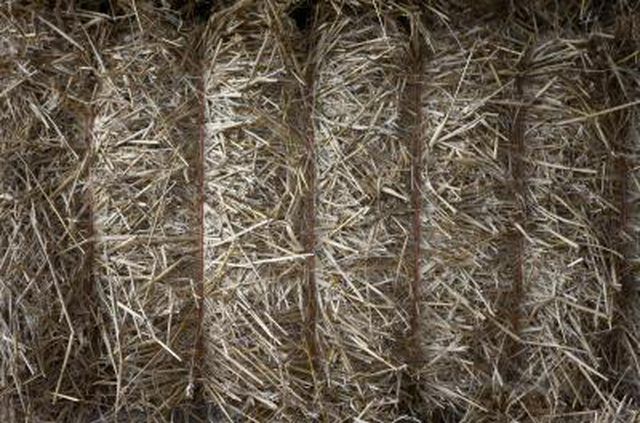Bulbs
Flower Basics
Flower Beds & Specialty Gardens
Flower Garden
Garden Furniture
Garden Gnomes
Garden Seeds
Garden Sheds
Garden Statues
Garden Tools & Supplies
Gardening Basics
Green & Organic
Groundcovers & Vines
Growing Annuals
Growing Basil
Growing Beans
Growing Berries
Growing Blueberries
Growing Cactus
Growing Corn
Growing Cotton
Growing Edibles
Growing Flowers
Growing Garlic
Growing Grapes
Growing Grass
Growing Herbs
Growing Jasmine
Growing Mint
Growing Mushrooms
Orchids
Growing Peanuts
Growing Perennials
Growing Plants
Growing Rosemary
Growing Roses
Growing Strawberries
Growing Sunflowers
Growing Thyme
Growing Tomatoes
Growing Tulips
Growing Vegetables
Herb Basics
Herb Garden
Indoor Growing
Landscaping Basics
Landscaping Patios
Landscaping Plants
Landscaping Shrubs
Landscaping Trees
Landscaping Walks & Pathways
Lawn Basics
Lawn Maintenance
Lawn Mowers
Lawn Ornaments
Lawn Planting
Lawn Tools
Outdoor Growing
Overall Landscape Planning
Pests, Weeds & Problems
Plant Basics
Rock Garden
Rose Garden
Shrubs
Soil
Specialty Gardens
Trees
Vegetable Garden
Yard Maintenance
How to Compost Meat & Bones
How to Compost Meat & Bones. Although many resources caution against using meat and bones in your home compost pile, you can actually compost meat scraps and bones with great success. Meat and bones both come from formerly living things. Because of this, they will decompose over time, just like any other organic material. However, meat scraps can...

Although many resources caution against using meat and bones in your home compost pile, you can actually compost meat scraps and bones with great success. Meat and bones both come from formerly living things. Because of this, they will decompose over time, just like any other organic material. However, meat scraps can contain unhealthy bacteria and can attract vermin. Because of this, you must compost them very carefully.
Things You'll Need
Kitchen scraps
Food processor
Meat slicing knife
Hacksaw
Grass clippings
Lawn mower
Sawdust
Hay
Dead leaves
Compost bin with a snug-fitting lid
Garden hose
Tarp
Pitchfork
Digital compost thermometer with probe
Reduce all scraps to 1-inch squares in size. Use a food processor for kitchen scraps, and a lawn mower for leaves, hay and grass clippings. Kitchen meats should be cut with a meat slicing knife, and all fat should be trimmed away and discarded. Bones can be reduced in size with a hacksaw.
Pile compost in layers into an enclosed compost bin with a snug fitting lid. Each layer should alternate between nitrogen filled "greens," such as kitchen scraps, grass clippings and meat and carbon-filled "browns," that include hay and dead leaves. The meat and bones should be placed at the very center of the pile and covered by at least 12 inches of organic material. This way the rest of the compost will absorb the odors and you will not attract vermin. Piling meat scraps and bones in the center will also place them in the warmest part of the compost bin. Doing this should ensure that the heat from the composting process will kill any diseases.
Water the compost pile so that it is as damp as a wrung-out sponge.
Close the compost bin and cover with a tarp to hold water in and keep out vermin that are attracted to the meat and bones.
Check the compost pile’s internal temperature every day with a compost thermometer by sticking the probe into the center of the compost pile. The internal temperature of the pile must rise above 135 degrees F to kill harmful bacteria in the meat and bones and help the beneficial bacteria to thrive. The temperatures should remain between 135 and 150 degrees.
Turn the compost with a pitchfork if the temperatures fall below 130 degrees F. When you turn the compost, stir the center of the pile to the outside and the material on the outside to the center. If the meat and bones are not yet decomposed, shift them back tot he center of the pile. Turning the pile will cause it to heat again.